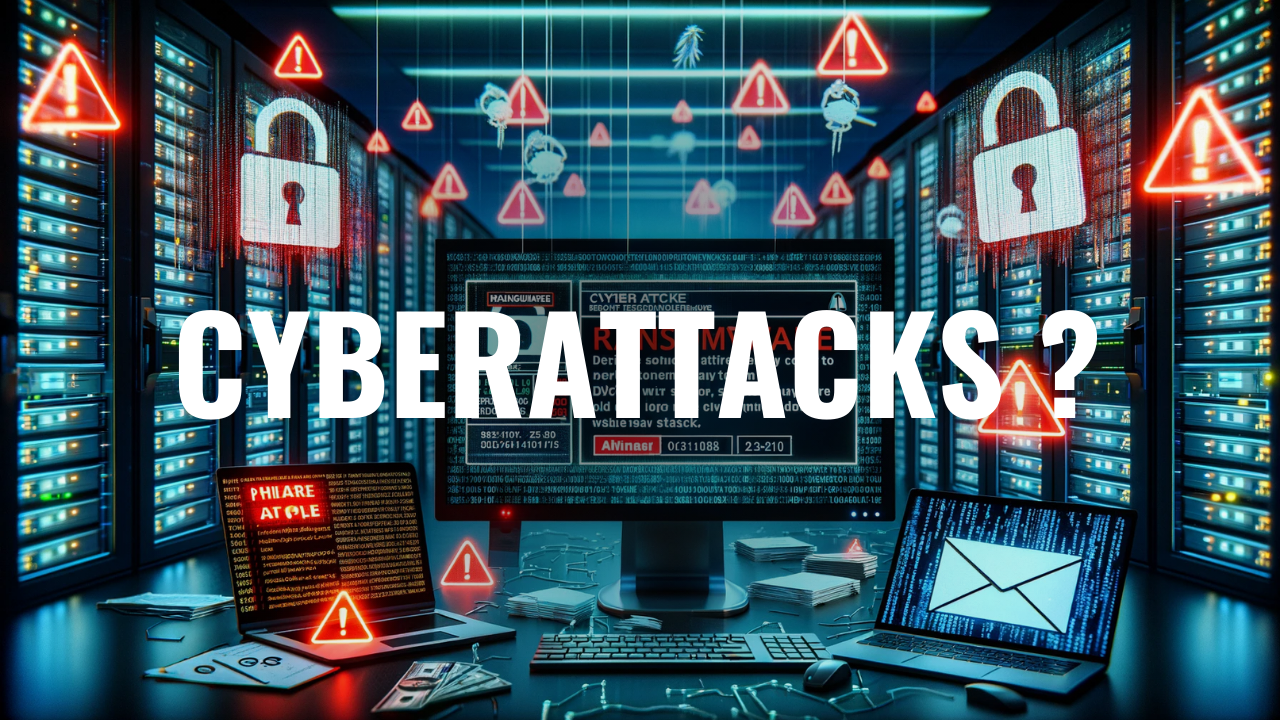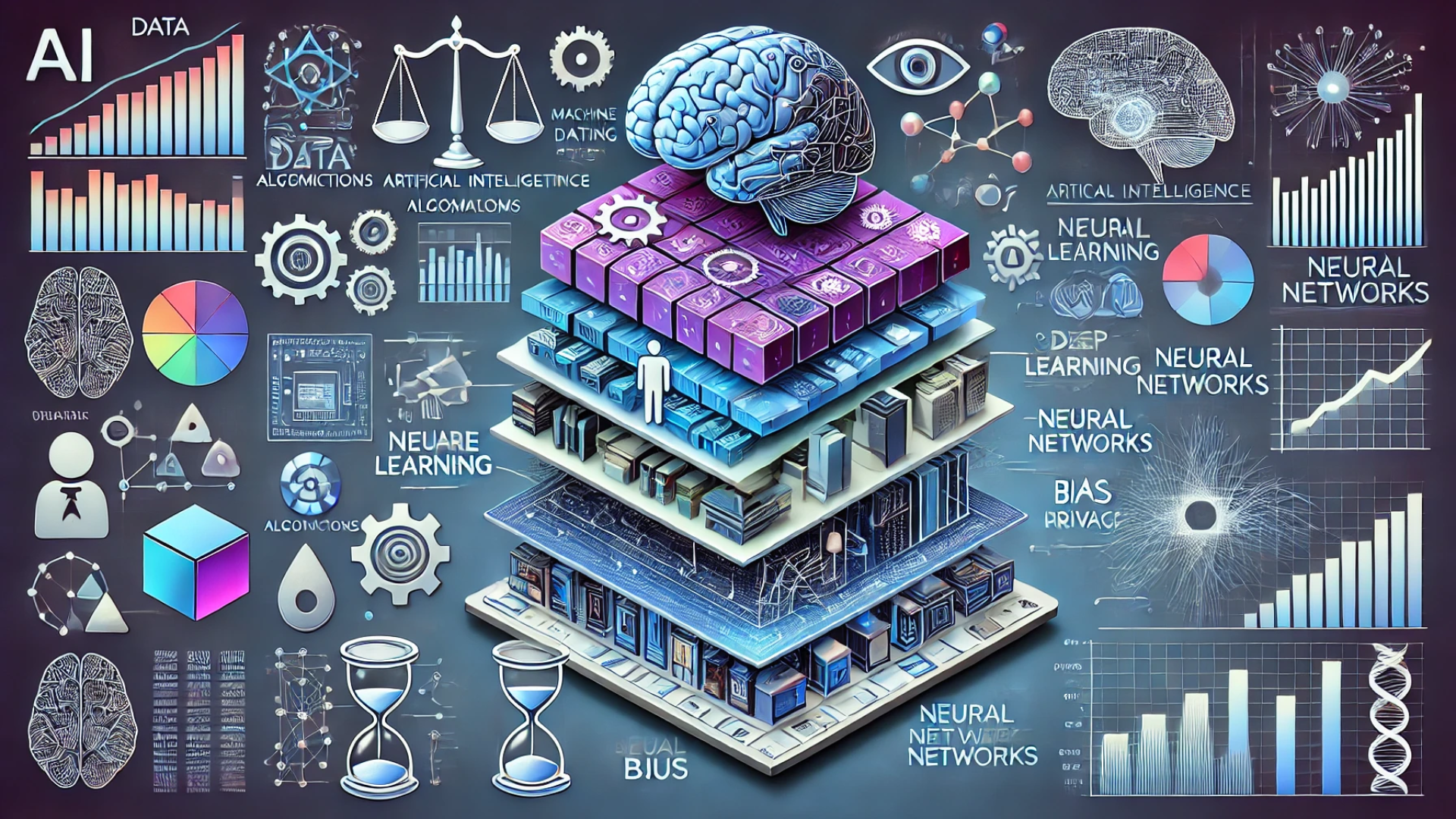
In today’s digital age, cyberattacks are becoming more frequent and sophisticated. From ransomware to phishing scams, the internet is fraught with dangers. Understanding these threats is crucial for protecting your personal and professional data. This blog delves into the latest cyberattacks, their impacts, and offers practical tips to safeguard your online presence.
The Rise of Cyberattacks
Cyberattacks are malicious attempts to access or damage computer systems, networks, or data. These attacks can have devastating effects on individuals and organizations, leading to financial loss, data breaches, and compromised security. Recently, several new types of cyberattacks have emerged, each more cunning than the last.
1. Ransomware Attacks
Ransomware is a type of malicious software that locks users out of their systems or data until a ransom is paid. Recently, we’ve seen a surge in sophisticated ransomware attacks. Cybercriminals use various methods to infiltrate systems, including phishing emails and exploiting software vulnerabilities. Once the malware is installed, it encrypts files, and the victim is left with a ransom note demanding payment, usually in cryptocurrency.
2. Phishing Scams
Phishing scams are deceptive attempts to steal personal information by masquerading as trustworthy entities. These scams have evolved, becoming more targeted and convincing. Attackers often use emails or fake websites to lure victims into providing sensitive information like passwords, credit card numbers, or social security numbers.
3. Distributed Denial-of-Service (DDoS) Attacks
DDoS attacks aim to overwhelm a website or online service with a flood of internet traffic, causing it to become slow or completely inaccessible. These attacks are often carried out using a network of compromised computers, known as a botnet. The recent increase in DDoS attacks has disrupted numerous online services, leading to significant financial and operational losses.
Notable Recent Cyberattacks
Let’s look at some notable recent cyberattacks that have shaken the digital world:
- Colonial Pipeline Attack: In May 2021, a ransomware attack targeted Colonial Pipeline, a major fuel pipeline operator in the U.S. The attack caused widespread fuel shortages and highlighted vulnerabilities in critical infrastructure.
- SolarWinds Attack: This sophisticated attack involved the insertion of malicious code into the SolarWinds software update, affecting thousands of organizations, including government agencies and major corporations. The breach went undetected for months, allowing attackers to gather sensitive data.
- Facebook Data Breach: In early 2021, personal data from over 530 million Facebook users was leaked online. The data included phone numbers, email addresses, and other personal details, which could be used for further cyberattacks.

The Truth About Fusion of Humans and Robots
How to Protect Yourself
With cyber threats on the rise, it’s essential to take steps to protect yourself and your data. Here are some practical tips:
- Use Strong, Unique Passwords: Avoid using the same password for multiple accounts. Use a mix of letters, numbers, and symbols to create strong passwords.
- Enable Two-Factor Authentication (2FA): Adding an extra layer of security, like a code sent to your phone, can help protect your accounts even if your password is compromised.
- Be Wary of Suspicious Emails and Links: Always verify the sender’s information and avoid clicking on unknown links. Look for signs of phishing, such as poor grammar and urgent requests for personal information.
- Keep Software Updated: Regularly update your software and operating systems to patch vulnerabilities that cybercriminals might exploit.
- Back Up Your Data: Regularly back up important data to an external drive or cloud storage. This ensures you can recover your information in case of a ransomware attack.
Fundamentals and Future of Cybersecurity must know
FAQs
Q: What is a ransomware attack?
A: A ransomware attack is when malicious software locks you out of your data or system until a ransom is paid.
Q: How can I recognize a phishing email?
A: Look for signs like unfamiliar senders, poor grammar, urgent requests for personal information, and suspicious links.
Q: What should I do if I’m a victim of a cyberattack?
A: Report the incident to the relevant authorities, change your passwords, and take steps to secure your accounts and data.
Wrapping Up
Cyberattacks are a growing threat in our increasingly digital world. Staying informed about the latest types of attacks and learning how to protect yourself is crucial. By following the tips outlined above, you can significantly reduce your risk of falling victim to these malicious activities. Remember, a little vigilance goes a long way in keeping your data safe and secure.

